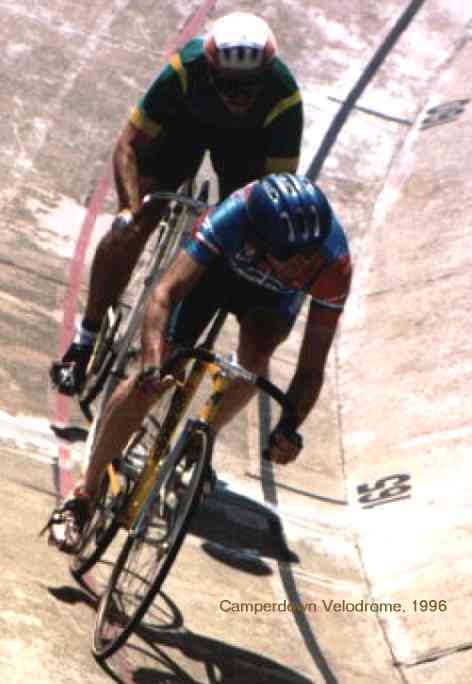Image editing tips and tricks - layers and cloning
OK, so I've mentioned before all of the 'old-fashioned' analog techniques that we used to use in the darkroom, like dodging, burning-in and solarizing, that are now used within software like the GIMP or Adobe Photoshop. The big advantage is that you don't have to get your hands dirty with photographic chemicals any more; and you also don't need to print it just to see what it looks like. And throw out reams of paper in the process. I tend to use Photoshop in my virtual darkroom, but most everything is duplicated in the GIMP as well.
So here are some quick tips on layers and cloning:
- Yeah yeah, layers again. I can't stress too much that just selecting 'duplicate layer' is the single most powerful thing you can do. Just try it!
- The clone tool. It's magical. It comes in many shapes and sizes and can be faded away as you like it. Try this in company with a new duplicate layer. Simply choose the item you want to remove (say a post, a sign, or a blemish) and then press the clone "stamp" on the tool bar.
- Use the cursor to select just enough (ie adjust the size of the cursor) of an area adjacent to the blemish that preferably continues on the other side of the blemish itself.
- Best example is of an unsightly black mark on the sky - just clone nearby clear blue sky with an "alt" key plus left-click and then "stamp" that bit of blue sky over the mark with another left click. Voila, black mark gone!
- By playing with the clone tool's shapes and sizes, plus the opacity, you will find that this one tool, coupled with layers, is probably the single most powerful combination in the history of digital art. Well I use it a lot, anyway ;-)
Labels: clone stamp, layers








